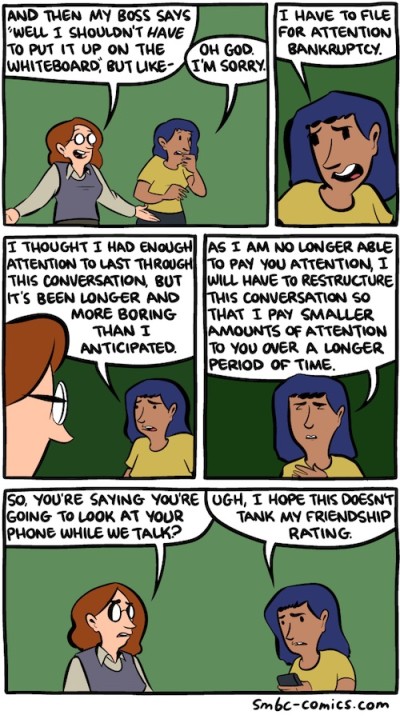
09 May UX Customer Research Mistakes
A frequent mistake in UX Customer Research is generalizing a finding from a conversation to the audience at large.
The customer journey – the path from prospecting to purchase to longtime loyalty – is an essential aspect of customer experience marketing. Traditional marketing envisions this as a straight shot, but it’s really more like a winding walk with hills, valleys, rest stops and dead ends.
1. Cutting the user research to save time and money
The amount of cost and effort to fix and re-release a product or key functionality is significantly higher than the time and money it takes to make sure that the functionality is valid, needed, and usable in the first place.
2. Conducting research for the wrong reason(s)
Research is an information-gathering tool and should not be used as a blunt instrument to win political battles.
3. Having broad or unclear research objectives
When conducting research, always start with a few well-defined questions that should be answered by the end of the study. Research objectives should be specific. Its important to have granular research objectives that will help you clearly identify (and resolve) key pain points.
4. Using the wrong research method
Focus groups are great when you’re trying to gather a lot of ideas from a group of people who are familiar with the topic or product they are discussing. They are terrible for validating whether a design approach makes sense.
5. Not having the project and client teams observe the research and participate in the analysis of findings
When it comes to user research for complex, interactive systems asking a single individual to analyze and provide recommendations is a recipe for failure. Having full representation from the project team during the research allows everyone to discuss the issues that are observed, discuss how they can be addressed given the project constraints, and come to a shared consensus around solutions and next steps that teams can actually implement.
“Making sure to include end-users in the design process is a key component of any user-centered design.”
Learn more about researching your target audience
Error: Contact form not found.
